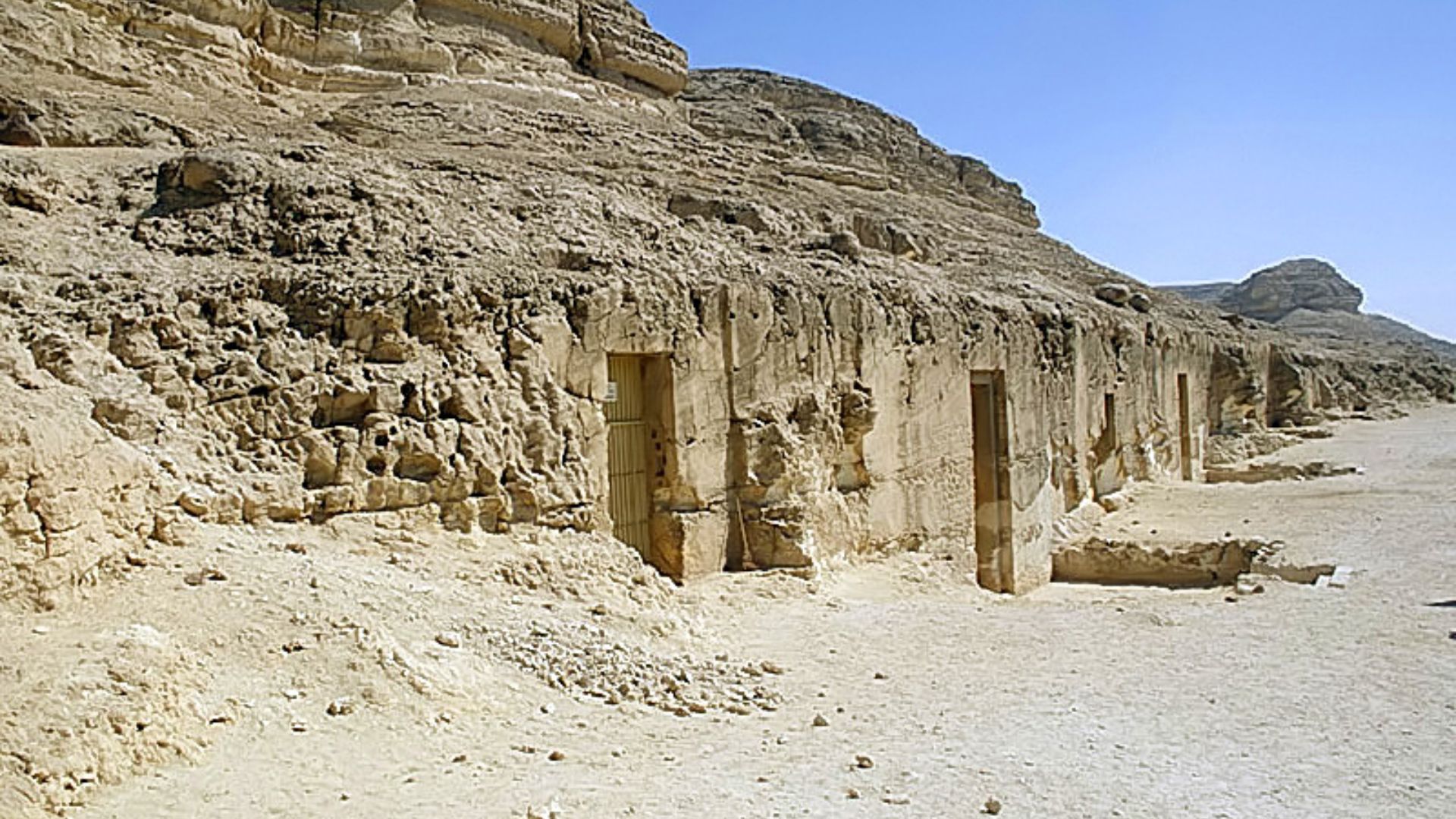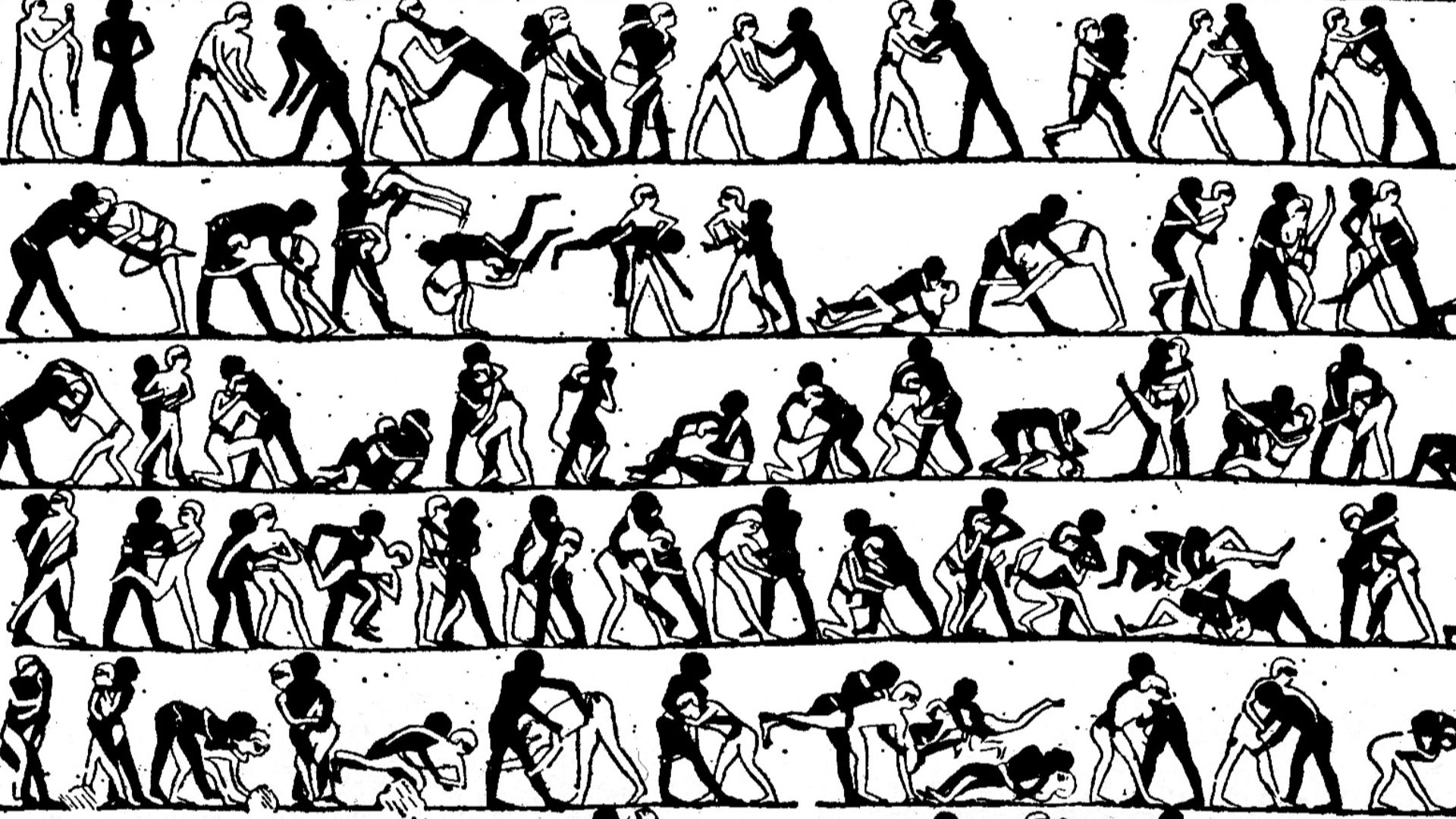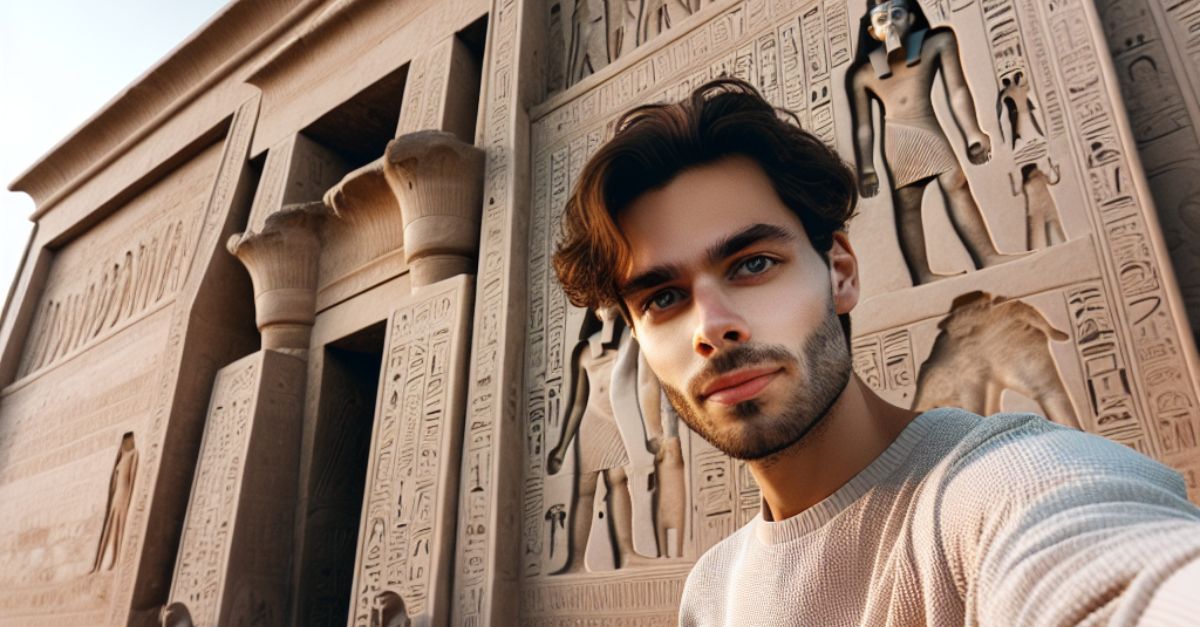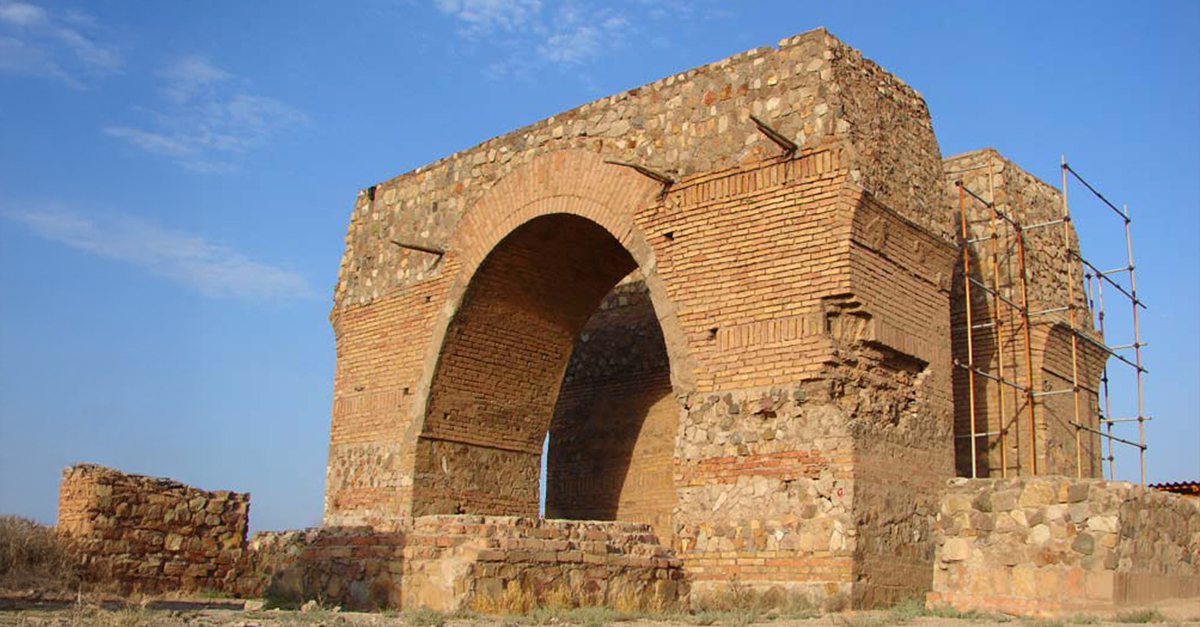You might not think ancient Egyptian art has anything to do with your modern-day hustle, but here’s a twist: while pharaohs were building empires, their artists were painting athletes in motion—tussling, training, competing.
These vivid scenes from the tombs of Beni Hasan are proof that organized sport has roots stretching back nearly 4,000 years. Painted during Egypt’s Middle Kingdom, they show hundreds of wrestlers locking arms in sequence—each move captured with precision.
Beyond their beauty, they reveal how competition and training have always been part of human ambition, echoing the same drive that fuels your work and achievements today.
Middle Kingdom Setting And Elite Tombs
At Beni Hasan, there are 39 rock-cut tombs belonging to local governors, known as nomarchs. These tombs date from the Middle Kingdom (around 2055–1065 BC).
They were carved into limestone cliffs about 40 ft above the Nile’s floodplain, showing a commitment to permanence and status. Today, they still stand as records of burial and of governance, daily life, and local power.
 Roland Unger, Wikimedia Commons
Roland Unger, Wikimedia Commons
The Tomb Of Baqet III And The Wrestling Scenes
The most famous tomb in Beni Hasan is that of Baqet III (Tomb 15 / BH15). On its eastern wall, the tomb features a broad fresco showing pairs of men wrestling: throws, pins, holds and counters. This scene is widely regarded as the earliest known depiction of an organized fighting system, or what we’d today call structured sport.
You see, even 4,000 years ago, someone thought it was worth recording who could maneuver whom on the mat.
What The Wrestling Depictions Tell Us
Technique and sequence: The figures are shown in multiple wrestling postures that you’d recognize today: throws, counters, pins. These suggest the Egyptians had formalised methods of wrestling.
Color coding: In the tomb scenes, the two athletes are painted in different hues so you can follow each one through the sequence. This shows careful visual planning rather than casual depiction.
Beyond entertainment: These scenes likely had military and symbolic weight, not just sport, according to the Egypt Museum.
 Unknown authorUnknown author, Wikimedia Commons
Unknown authorUnknown author, Wikimedia Commons
Why This Still Resonates
You, who spend time analyzing performance metrics and career moves, can draw a parallel here: those ancient athletes were training and documenting it for legacy.
In today’s world, you build skill sets, you train, you document your progress (resumes, LinkedIn posts), and you seek recognition. These tomb paintings show that humans have been doing exactly that for millennia. So when you reflect on your next career pivot or training module, remember: you’re in line with an ancient tradition of wrestling with challenge and making sure your efforts are visible.
 Roland Unger, Wikimedia Commons
Roland Unger, Wikimedia Commons







